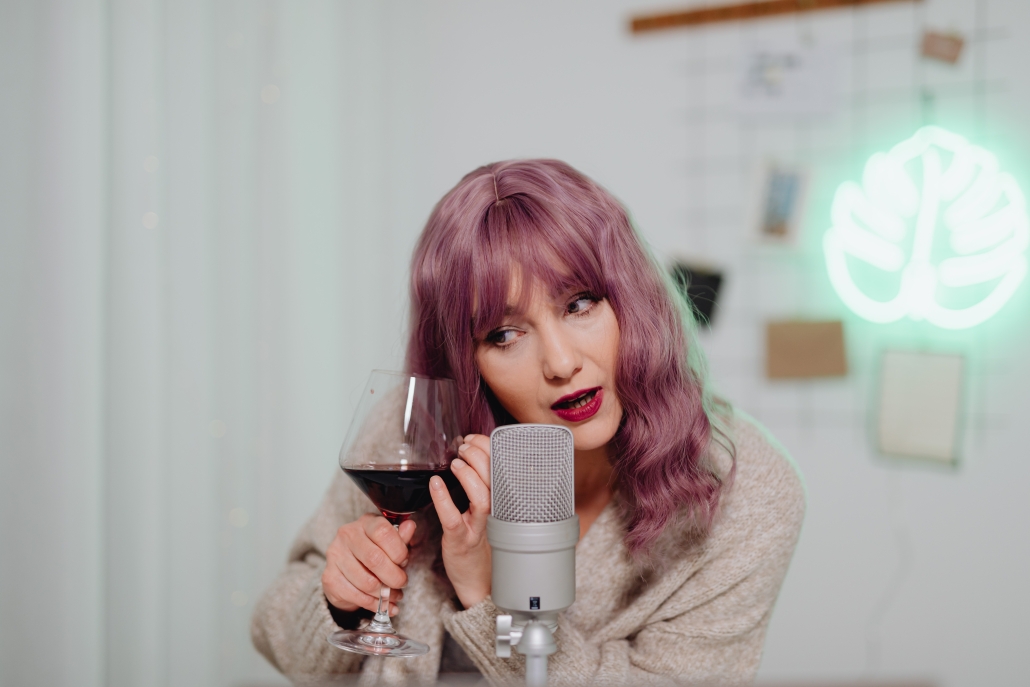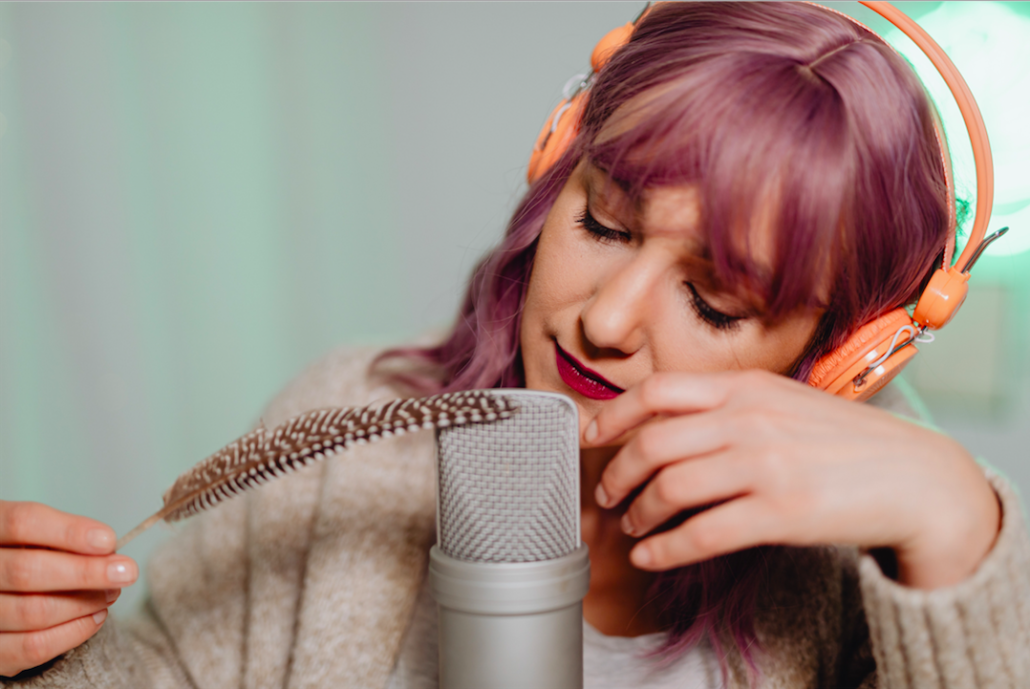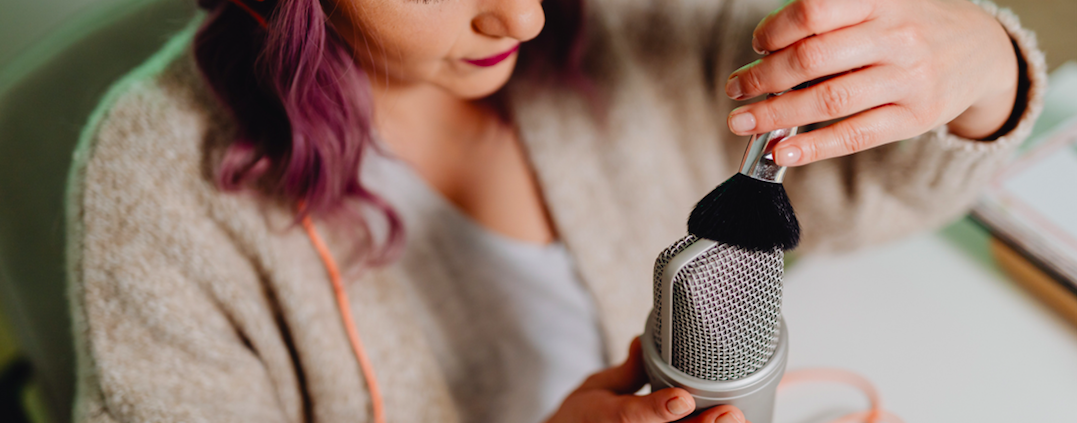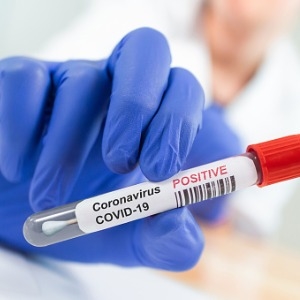ASMR: The New Wellness Avenue
Searching for a new way to unwind? Look no farther than ASMR, the YouTube era’s sleeping phenomenon.

What is ASMR?
The third most popular search on Youtube worldwide is for the keyword “ASMR”. It comes as no surprise that you were searching for it while out and about on the outdated internet device. You’re undoubtedly already aware that ASMR includes very soft auditory sounds that individuals find to be incredibly calming. Autonomous Sensory Meridian Response, however, is what it is called. Additionally, it describes a little tingling sensation at the head’s crown. This tingling spreads into the upper spine and down the neck. This sensation, which includes a little sense of pleasure, happens when the listener is subjected to specific auditory triggers. These triggers are contained in the sound or video file. Many individuals discover that this euphoric tingling feeling is incredibly soothing and comfortable. Especially, when they are anxious or attempting to go asleep.
Psychology:
The psychology of ASMR is still not completely understood. Despite the fact that public interest has grown significantly over the past few years, the scientific community hasn’t had enough time to keep up with the trend. A few years ago, nobody was familiar of ASMR. the introduction of the concept was initially on a mysterious health website in 2007. Although interest in it didn’t reach a climax until lately. But in the 2017 film Battle of the Sexes, there was an ASMR moment that was purposefully included.
However, one can access it online rather than through Hollywood movies. Videos are among the top triggers, according to many respondents. This is despite the fact that one believes it to be an auditory reaction. That explains why these videos are so common on social media and Youtube. When you need to unwind, you can easily access them from any location. One can listen to it during their break for lunch at work or school, or even when travelling to and from work via bus. Many responders claim that they provide them a calming, euphoric effect that helps them deal with their anxieties.
Some of the most popular ASMR YouTube channels include:
SAS-ASMR (9.32 million subscribers)
Gibi ASMR (4.04 million subscribers)
ASMR PPOMO (2.56 million subscribers)
ASMR Darling (2.54 million subscribers)
Gentle Whispering ASMR (2.15 million subscribers)
How does ASMR work?
The ASMR community refers to the sensation of being aroused by visual or aural stimuli as “triggers.” These “triggers” are what ASMR uses to arouse positive feelings and sensations. However, it can also serve as entertainment. You can see how expansive the genre can be by watching Australian YouTuber Jojo perform 1,000 triggers with friends in a mind-melting mashup using touch and audibles. The video is 30 minutes long and features a variety of colorful clicking, crackling, crumbling, crunching, rapping, tapping, twirling, whirling, swirling, scratching, and wishing sounds.
ASMR includes the following triggers:
- sound
- visual stimulus
- physical touch
- situations
Methods for generating audio While ASMR might vary. Generally speaking, Inducing tingles is easy and achievable by moving one’s voice and items between one to two good-quality microphones.
The audio frequently switches between ears and sometimes even between places inside each ear. The outcome is in fact “braingasmic”. If you feel that the noises were moving from one area of your brain to another, you have sensed slight euphoric waves across your tired head. However, at other times some sounds are moderately annoying.

Why it doesn’t work for everyone?
Since there is no one-size-fits-all treatment for mental health issues, it is understandable that not everyone experiences success with ASMR. Everyone is unique, even while there are several noises that people frequently connect with good feelings and experiences. What one person finds calming, another person may find unpleasant or even unsettling.
Is it good for mental health?
Few studies connect anxiety and neuroticism to the capacity for ASMR. This can explain why you experienced the tingles if you tend to be a little worried. To be clear, it is not currently a recognized professional therapy for the treatment of anxiety, but there may be a number of mechanisms at work that assist people with anxiety symptoms feel better. Or, to put it another way, those who experience ASMR are having a complex sensory-emotional experience. This experience involves the brain and the body. This results in a blissful or euphoric state that is many people refer to as being “in the zone.” As a result, while it is beneficial for mental health, it may also lead to addiction, which is never a healthy thing.
















Well structured and well informative article. Obviously ASMR has brought calmness to a lot of people.
1